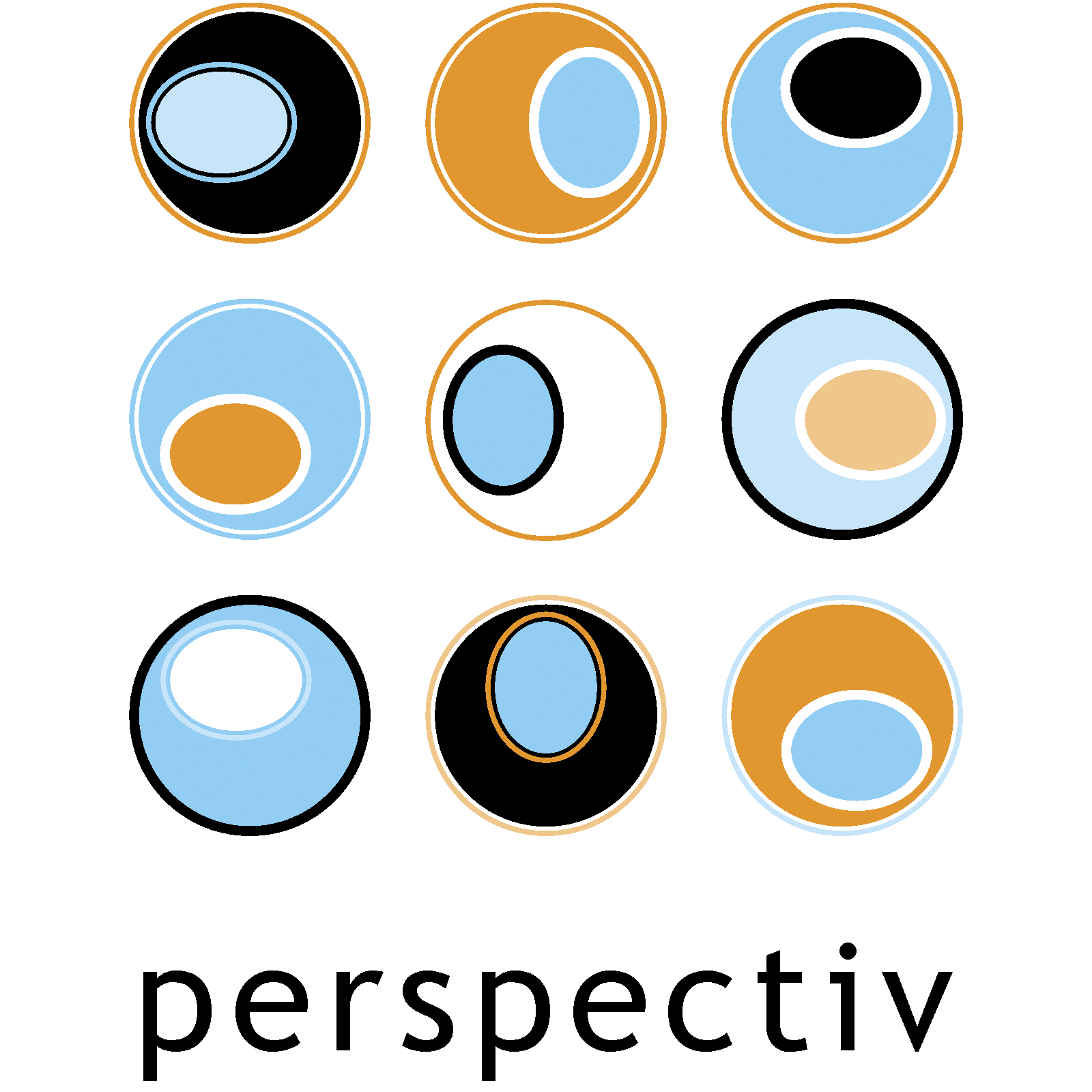How two of the world’s largest tech companies chose CPS v6.1
THE CREATIVE PROBLEM SOLVING FRAMEWORK v6.1 © CPSB
Two of the world’s largest tech companies used the same criteria to select a problem solving framework and after careful consideration they both chose Creative Problem Solving version 6.1 (CPS v6.1), which met and/or exceeded all nine criteria – listed below.
Both companies were particularly impressed with CPS v6.1 because it is a descriptive (rather than prescriptive) framework. As a result, it allows for easy integration with other more specific processes such as Agile, SPIN, Lean, Six Sigma, and Project Management.
selection criteria for a standard problem solving process
Portable: Will I be able to use the process with a minimum amount of training (use, not facilitate or lead sessions or teach others).
Repeatable: Will I be able to count on consistent results from multiple teams using the process.
Current Research: Will the supplier enrich the process with new findings. Such as advances in group dynamics, leadership, creativity, as they apply to problem solving.
Common Language: Will it have easy to use English ‘prompts’ that step a ‘novice’ and ‘old timers’ through the process, the common language assists the facilitation.
Rigorous and Comprehensive: Will it be robust enough to address multiple situations.
Adjunct Facility: Will it have continuing research; contribute multiple client views/experiences; depth of instruction experience.
Practitioners: Will the supplier teach and do; and have a network of facilitators and coaches.
External Community: Will the supplier learn from experiences of other corporate and external users.
Affordable: Will it be ‘pay back’ in return on people investment.
Additional frameworks associated with CPSv6.1
CPSv6.1 and its associated frameworks (see links below) provide a foundational interwoven latticework – a bit like a coat stand – from which you can frame your thinking AND integrate other more specialised methods and tools.
The 4Ps of creativity and innovation: People, Press, Process, Product
Quo vadis nunc?
Educating for creativity and innovationModes of thinking
The design process and creative problem solvingThe critical path to innovation valorisation
A day in the life of a Masters in Innovation, Creativity and Leadership detectiveOur best frame of mind
Complex problem solving: Our best frame of mind
